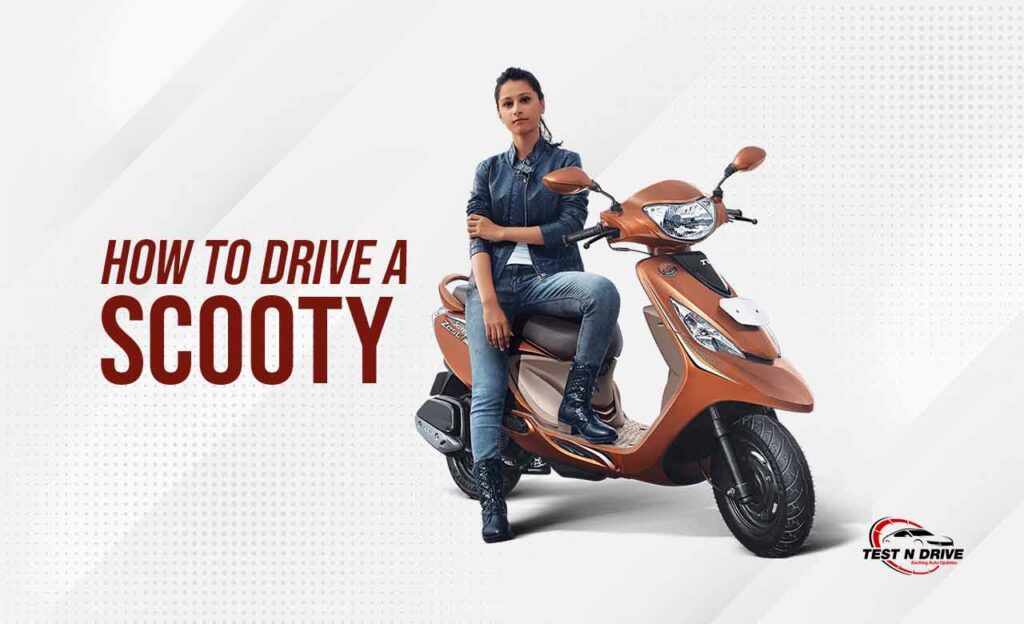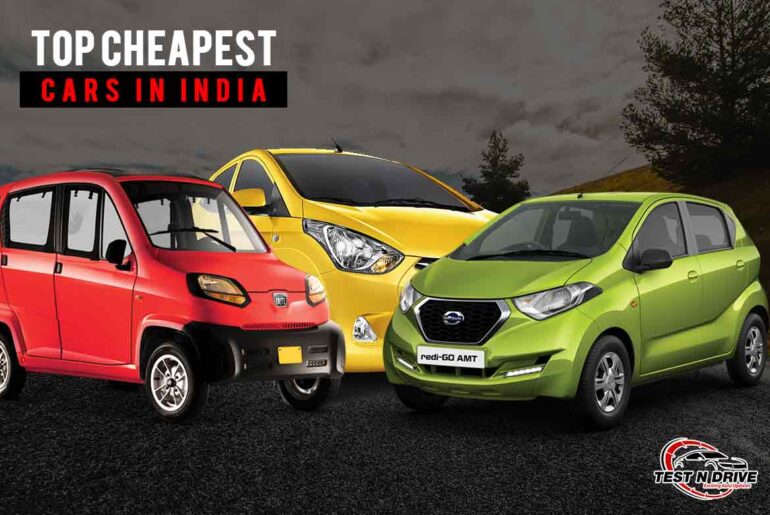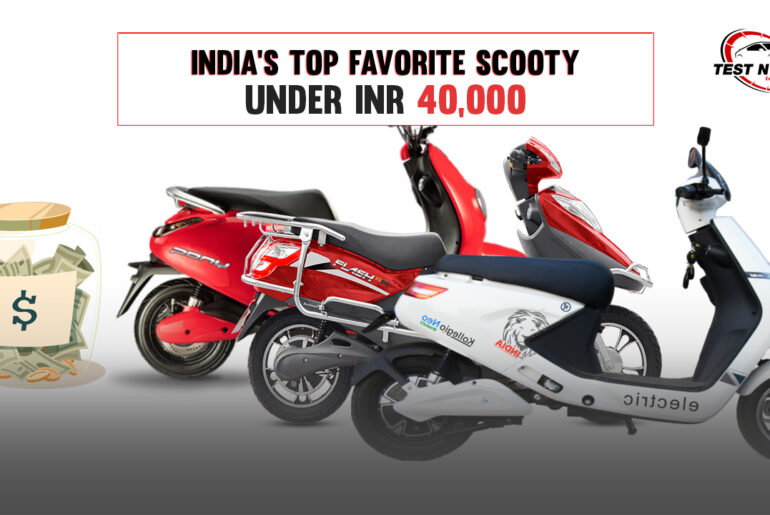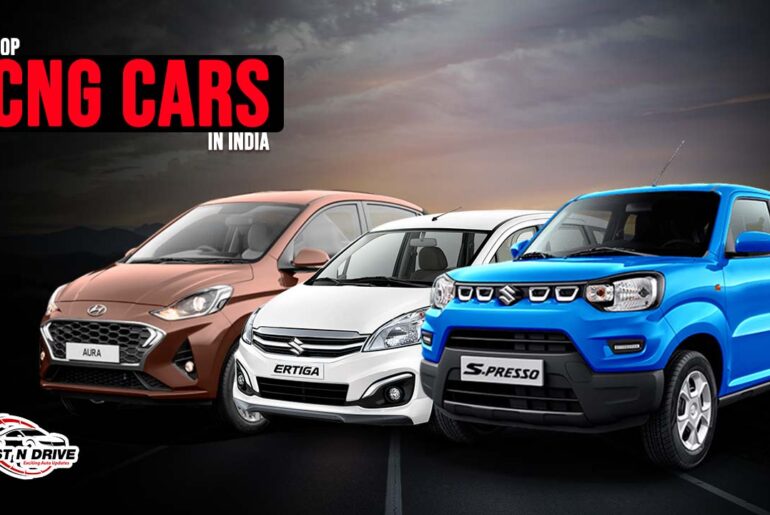India has one of the largest two-wheeler users in the world. For this reason alone, bikes and scooters so frequently occupy every nook and corner of Indian streets. As a developing nation and rapidly growing economy, Indians prefer to have access to their mode of transportation at arm’s length. And for regular commuting, nothing beats the scooters – electric and petrol-powered. How to drive a scooty – this article will elucidate on that in detail.
The youths of India become accustomed to bikes and scooters from an early age. Scooters specifically, if one is to normalize, are nothing but an extension of bicycles, excluding peddles and the inclusion of engines. So after learning to cycle properly, riding a scooter is not necessarily a tough nut to crack. Because ultimately, the sole focus lands on the act of balancing.
With the evolution of the Indian automobile universe, owning a scooter has become a reality to many. And what makes them all the more desirable is their affordability, time efficiency, and overall appeal. How to learn to drive a scooty is a frequently thought-of question to occur in people’s minds. Therefore, this article encompasses a wide view on how to drive a scooty for beginners.
Step By Step Guide On How To Drive A Scooty/Scooter
Know Your Vehicle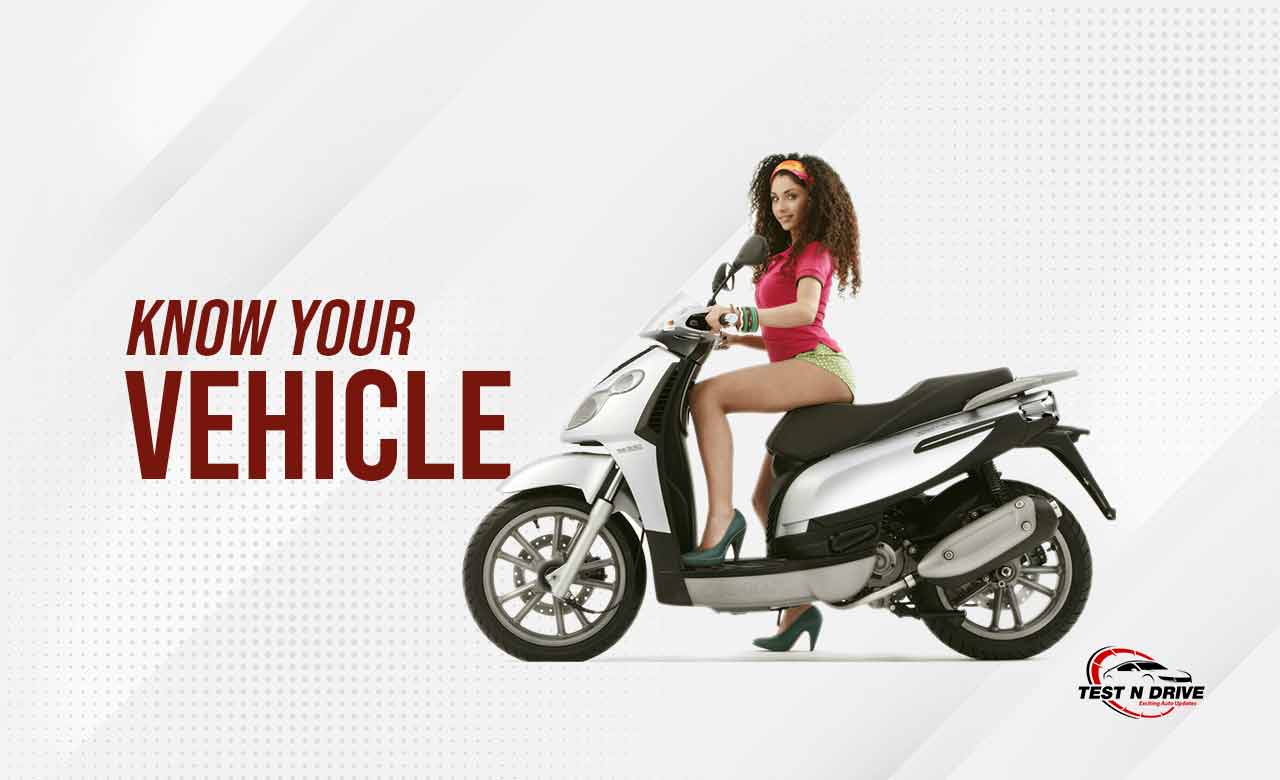
Before we dive into how to drive a scooty for the first time, let’s cover these prerequisites. These are essentials and more than likely to save your neck when stuck in a pickle.
The driver’s manual is the first step. Like it or not, the more you know about the various parts of your scooter, the better you can out-maneuver any unwarranted situations in real-time traffic.
Identify from where the vehicle begets its power, whether it is petrol-powered or EV, whether self-starting or kick-starting. On this note, it should be mentioned that nowadays, all fuel-consuming and electric scooters have self-start as a default setting.
Scooters are best utilized for short-distance commuting. Nonetheless, you should know the maximum power & torque output (i.e., top speed under best conditions) before taking it out for a spin.
Engine oil or 2T oil is a must and must be added without fail after every liter of petrol influx. The petrol gauge is not digitized yet, but you can check the fuel indicator to get an approximate idea of your fuel tank capacity. You should check if it has enough to last the scheduled ride. If the fuel runs out while in motion, turn the knob to reserve and approach the nearest petrol pump.
Scooters come without the clutch and gear function of bikes. So it should not be hard to memorize that the right brake is for the front wheel, and the left brake is dedicated to the rear wheel and has a clutch function as well.
How to drive a Scooty step by step
The comprehensive guide on how to drive a scooty includes a total of 5 significant steps, enlisted below:
Step 1: Know Your Scooter
If it hasn’t been stressed enough, Know Thyself and your scooter. A scooter is, after all, a machine, and you have to know at least the very basics of it. Therefore, get familiar with the driving basics before you take the scooter out into the real-world scenario.
So what defines scooters? The exclusion of gears. And how to start it? Press the rear brake on the left and then clasp the self-start button on the right side. On certain occasions, when the engine has been left unattended for a long time or in winter mornings when the cold has taken a toll on the engine, it is advisable to kick-start the scooter after double-standing it.
After the start-up, make sure to press onto the rear brake firmly until you have decided to move because otherwise, the scooter is likely to move forward on its own. Much like a bicycle, the handlebars also include the front and rear brakes. And it is essential to know which one is which – in all cases, the left brake level attends to the rear wheel, whereas the right handlebar brake is connected to the front brake. Additionally, the right handlebar holds the self-start switch (made compulsory in all scooters now) and accelerator. You are now familiar with the first step on driving a scooty.
Step 2: Baby Steps – Getting a Comfortable Sitting Posture and Firing-up the Engine
Moving on to the next step, sitting correctly and comfortably on the saddle and starting the engine, as directed in the previous point, clutching the left brake and pressing the self-start button on the right handlebar. Scooters attend to people in general, disregarding their age and height. So anyone can easily sit on the seat in an upright or leaning position, as per their choice. The seat height is easy to access and helps maneuver the stop-and-go traffic of Indian roads. However, leaning too much forward or positioning yourself more to the left or right will hinder the driving experience. You might end up falling from the vehicle or, worse, injuring yourself and your fellow drivers/passer-by. How to drive a scooty includes these small but crucial details.
Another thing to most definitely have in your possession is a helmet. Now, wearing a helmet has become a must, and therefore, no matter how deserted the road is, you should always wear a helmet while riding a scooter. And the same can be said for bikes. With this little reminder, you can save yourself from unnecessary harassment of traffic police and ensure your own safety.
Step 3: Take Off
Riding is the best part. And no matter how much you fear to counter gravity with balancing, once you get used to it, this third phase will tempt you the most on this step-by-step guide to how to drive a scooty. Now for the first-timers, let’s clear a slight misconception. It is better to ride on smooth pavements than on rough terrains, i.e., grounds and fields. Taking off includes a combination of three simultaneous activities – gradually lighten your grip on the rear brake, twist the accelerator towards yourself, and lift your feet from the ground to the footboard. It is a point to be noted that constantly stay in motion because it is easy to ride at high speed than at a low, wobbly pace.
The scooter’s accelerator is sensitive; before you know it, it will gain a decent speed of 30-40 kmph. For beginners, this is the best speed to stay at, and if the road is without many bends, well, then it’s your lucky day. Remember not to shift from your sitting position constantly and try to get accustomed to the wind, speed, and other vehicles on the road.
Step 4: Brakes Save Lives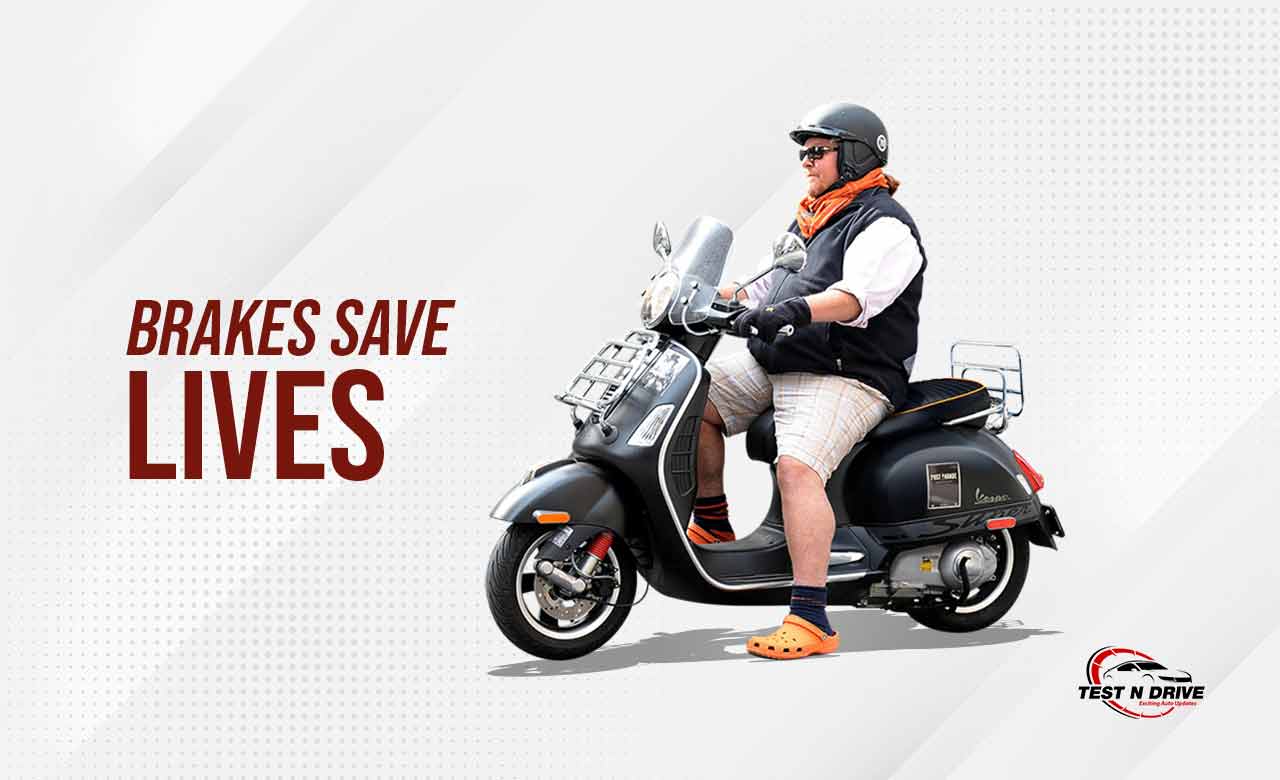
Applying the brakes is an altogether different ability you will get habituated with constant practice. Scooters don’t have disc brakes, so that particular headache remains untouched. However, keeping in mind the quality of lightweight, tire height, and ground clearance, rear brakes (on the left-hand side) come in handy the most, while the front brake (on the right-hand side) calls for occasional usage. Do not pull the left brake lever at once; instead, try decreasing the speed and applying brakes when you see a stop ahead.
The first case might result in tires skidding and you losing balance. Until you have reached the final stop, only then use the front brakes to halt your scooter completely. Turning corners is also to be done with the help of brakes, rear brakes specifically. Keep an eye out for incoming traffic and slowing vehicles ahead, and then act accordingly by directing the handlebar to the left/right.
Step 5: Face the Traffic
Now that you have more confidence in your abilities, try taking the scooters out in real traffic. For added measure, take a person with a driver’s license on your passenger seat. Riding in traffic will test you in more ways than you can think of and ultimately help you grow as a rider. Situations like these will heighten your senses, help develop your ability to navigate brake-accelerator function, and boost your confidence simultaneously.
On a final note, do not be discouraged if you face hindrances on the road. The streets are full of idiots, and as a sensible citizen that you are, distinguish yourself from them and always follow traffic rules. Thus we have concluded this guide on how to drive a scooty. You might like to read the best mileage scooters in India.

